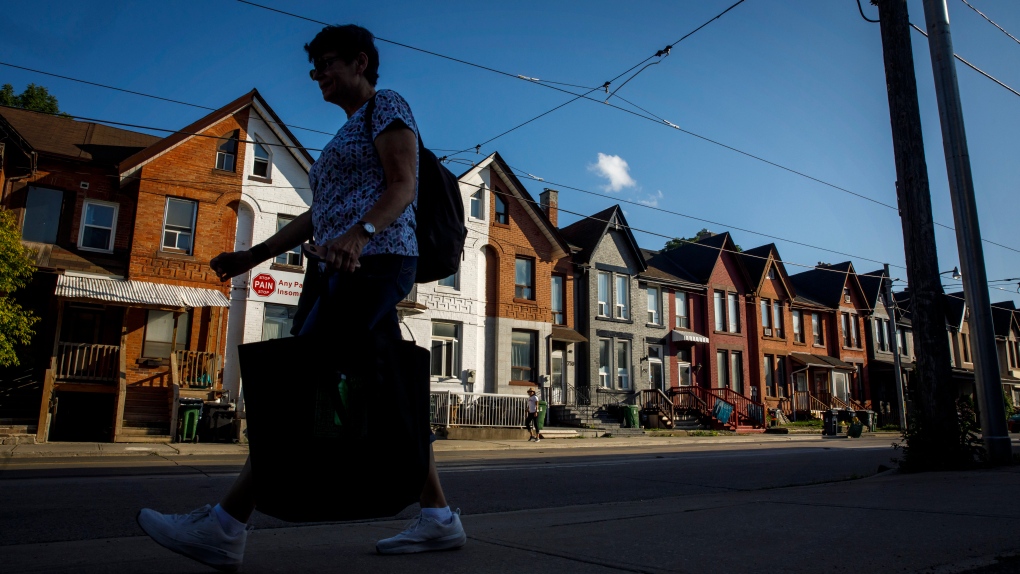FTA: The unaffordable cities:
1- Richmond Hill, ON
2- Oakville, ON
3- Markham, ON
4- Vaughan, ON
5- Richmond, BC
6- Vancouver, BC
7- Toronto, ON
8- Milton, ON
9- Whitby, ON
10- Coquitlam, BC
11- Burlington, ON
12- Brampton, ON
13- Mississauga, ON
14- Burnaby, BC
15- Ajax, ON
16- Surrey, BC
17- Langley, BC
18- Oshawa, ON
19- Saanich, BC
20- Kelowna, BC
21- Abbotsford, BC
22- Guelph, ON
23- Hamilton, ON
24- Waterloo, ON
25- Cambridge, ON
26- Barrie, ON
27- Kitchener, ON
28- Ottawa, ON
29- London, ON
30- St. Catharines, ON
31- Montreal, QC
32- Windsor, ON
33- Kingston, ON
34- Halifax, NS
35- Greater Sudbury, ON
36- Longueuil, QC
And the affordable cities:
1- Edmonton, AB
2- St. John’s, NL
3- Regina, SK
4- Saguenay, QC
5- Trois-Rivières, QC
6- Quebec City, QC
7- Lévis, QC
8- Winnipeg, MB
9- Saskatoon, SK
10- Gatineau, QC
11- Calgary, AB
12- Sherbrook, QC
13- Terrebonne, QC
14- Laval, QC



it doesn’t have to fall out every as long as the govt does low interest rates. which is what everyone is screaming to get back to now that rates have raised.
low interest rates allow the wealthy to borrow money for free and buy up assets and increase the value of assets. they support a economy based on financialization and speculation rather than the growth of trade.
for the bottom to fall out interest rates have to remain high and supply has to vastly increase. we also have to become comfortable with inflation and wage growth, which will erode the value of assets.
our current economic scheme hates wage growth and inflation, and loves low interest rates and inflated asset prices. this doesn’t benefit ordinary people. it benefits the wealthy.